Is Your House Making You Sick? A Pro’s Guide to Finding Hidden Problems
In my years as an indoor environmental consultant, I’ve walked through thousands of homes. And you know the most common reason I get a call? It’s not for a leaky roof or a big crack in the foundation. It’s from a family that just can’t shake a feeling of being unwell.
In this article
They describe persistent headaches, sinus issues, or a nagging fatigue that seems to magically lift the moment they leave the house. They’ve been to the doctor, run the tests, and come up with nothing. So they turn to their last resort and ask, “Could it be… our home?” And honestly, my answer is almost always, “Let’s find out.”
Your home is supposed to be your sanctuary, but a combination of modern building materials, older construction quirks, and even our own daily habits can create hidden health traps. My goal here isn’t to scare you. It’s to arm you with the same practical knowledge I use on the job. I want you to learn how to see your home through a professional’s eyes, so you can spot and fix issues long before they become serious.
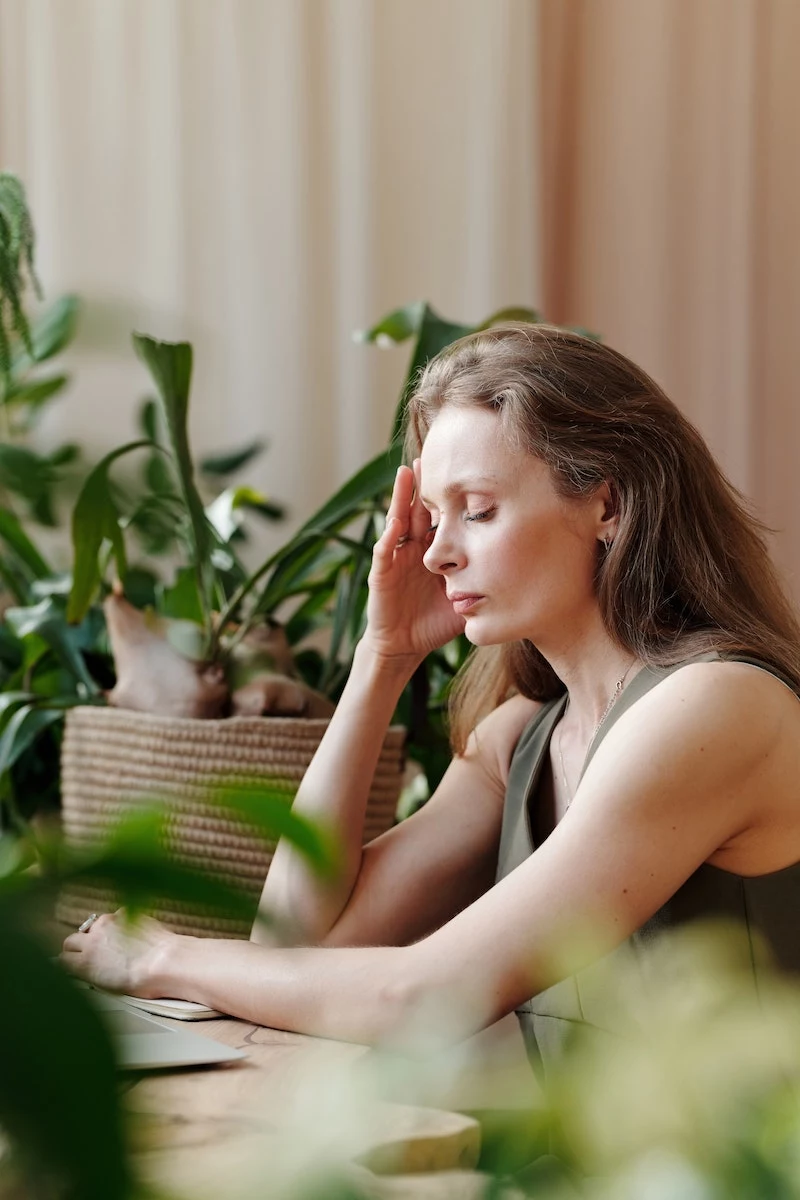
The Air You Breathe: Tackling Invisible Threats
It’s often the stuff we can’t see that does the most harm. It’s a wild thought, but the air inside your home can be significantly more polluted than the air outside. The main culprit? Your heating, ventilation, and air conditioning (HVAC) system—the very lungs of your house.
Is Your HVAC System Helping or Hurting?
Think of your forced-air system as a giant circulatory system. It pulls air in from your rooms, conditions it, and pushes it right back out. This constant loop is where the trouble starts, because anything floating around—dust, pet dander, mold spores—gets sucked right into the machinery.
Your First Line of Defense: The Filter
By far, the most critical task for any homeowner is dealing with the HVAC filter. But walking into the hardware store and seeing a wall of options can be overwhelming. The key is the MERV rating, which stands for Minimum Efficiency Reporting Value.

It’s not as complicated as it sounds. Here’s a quick rundown:
- Low-End Filters (MERV 1-4): These are typically cheap, fiberglass filters that, in my opinion, are next to useless. They’ll catch large things like lint and stray hairs but let all the fine dust and allergens that actually trigger health issues sail right on through.
- The Sweet Spot (MERV 8): For most homes, this is a great balance. A MERV 8 filter is effective enough to trap common irritants like dust mite debris, pollen, and mold spores without choking your system. A basic MERV 8 filter might only cost you $5-$10.
- High-Efficiency Filters (MERV 11-13): These guys are serious, capturing fine particles like bacteria and even smoke. But here’s the big catch: their dense material can seriously restrict airflow. I’ve seen systems freeze up because a homeowner put in a high-efficiency filter the unit wasn’t designed for. Before you upgrade, check your system’s manual or ask an HVAC tech. These usually run between $20 and $25 a pop.
A good rule of thumb? Check your filter every month and plan to replace it every 1 to 3 months. If you have pets or live in a dusty area, you’ll be on the shorter end of that schedule. Write the date on the new filter’s frame so you don’t forget!
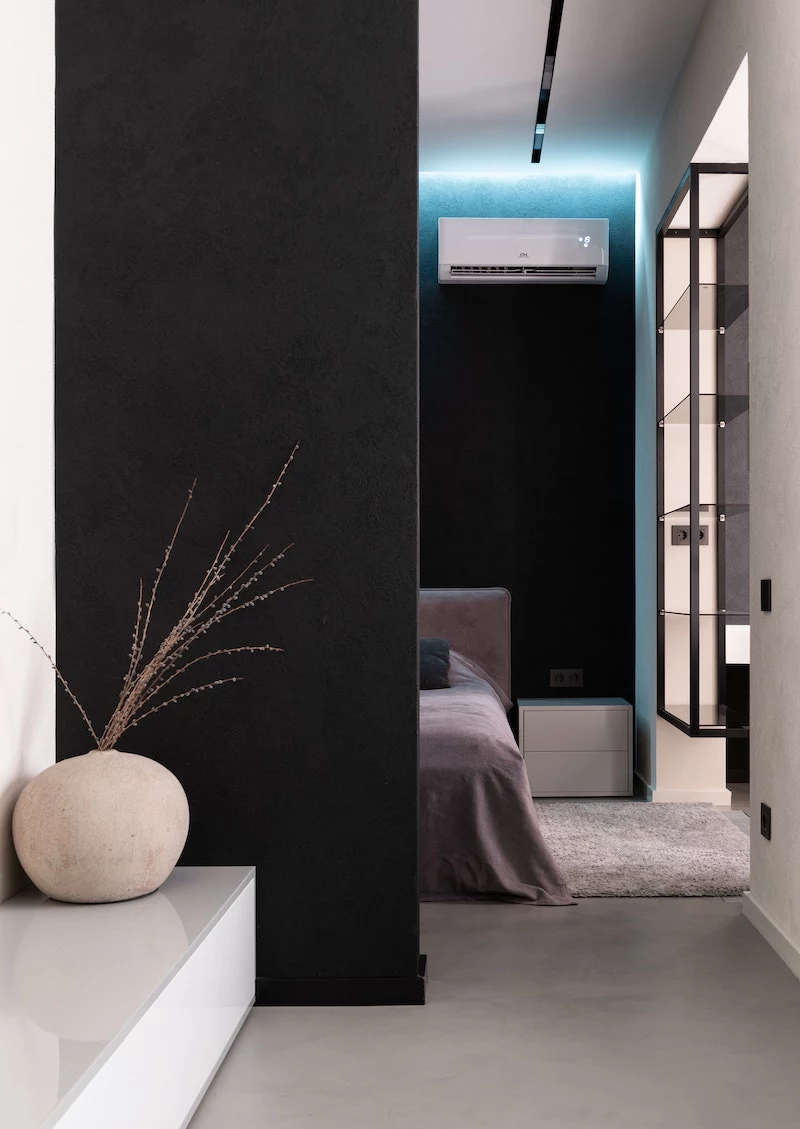
Deeper in the System: Coils and Pans
Inside your air handler, there’s an evaporator coil that gets cold and wet when the A/C is running. Any dust that sneaks past the filter loves to stick to this damp surface, and over time, it can turn into a literal breeding ground for mold. I’ve opened units where the coil was so caked with grime it looked like a slab of gray felt. Disgusting, right?
Underneath that coil is a small condensate pan with a drain line. If this line gets clogged, water backs up, creating a stagnant pool perfect for bacteria. Quick tip: Every few months, pour a cup of diluted vinegar down the condensate line to keep it clear. You can usually find this line—a white PVC pipe coming out of your indoor unit—near a floor drain or leading outside.
What About Duct Cleaning?
You’ve seen the flyers for a “$99 Whole-House Duct Cleaning.” Is it worth it? Rarely. I only recommend it if there’s a clear reason, like after a major renovation that kicked up tons of dust, if you see debris blowing out of your vents, or if there’s confirmed mold in the ductwork. Beware of those cheap “blow-and-go” outfits. A proper, professional job involves powerful vacuums and agitation tools to actually scrub the ducts clean. Be skeptical of any price under $400; a legitimate service for an average-sized home typically runs between $450 and $1,000.
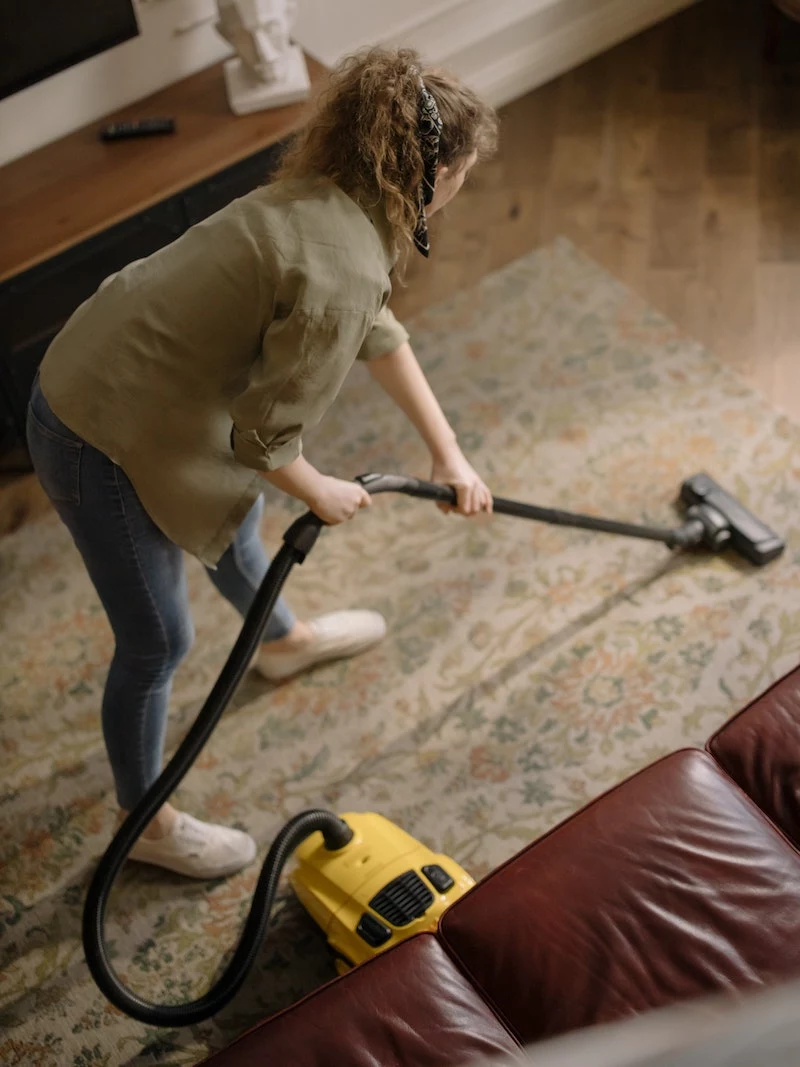
The Unseen Dangers: Chemicals and Gases
Not all pollutants are biological. Some of the most common ones are chemicals floating around in your air.
Carbon Monoxide (CO): Any appliance that burns fuel—your furnace, gas stove, water heater, fireplace—can produce this odorless, colorless gas. We all know high-level exposure is deadly, but chronic low-level exposure is far more common and often gets mistaken for the flu. I once worked with a family who felt sick for months, only to discover a tiny crack in their furnace’s heat exchanger was slowly leaking CO into their home.
Modern building codes require CO detectors, and you should have them, period. Put one on every level of your home, especially near bedrooms. Just don’t install them right next to a gas appliance or in the garage, as that can trigger false alarms.
Volatile Organic Compounds (VOCs): That “new paint smell”? Mostly VOCs. These are chemicals that turn into gas at room temperature, and they’re released from paint, new carpet, particleboard furniture, and even your favorite air freshener. The fix is simple: source control and ventilation. When you paint, look for cans marked “Low-VOC” or “Zero-VOC.” When you clean, crack a window. And instead of masking odors with chemical sprays, try putting out a small bowl of white vinegar or an open box of baking soda to absorb smells naturally.
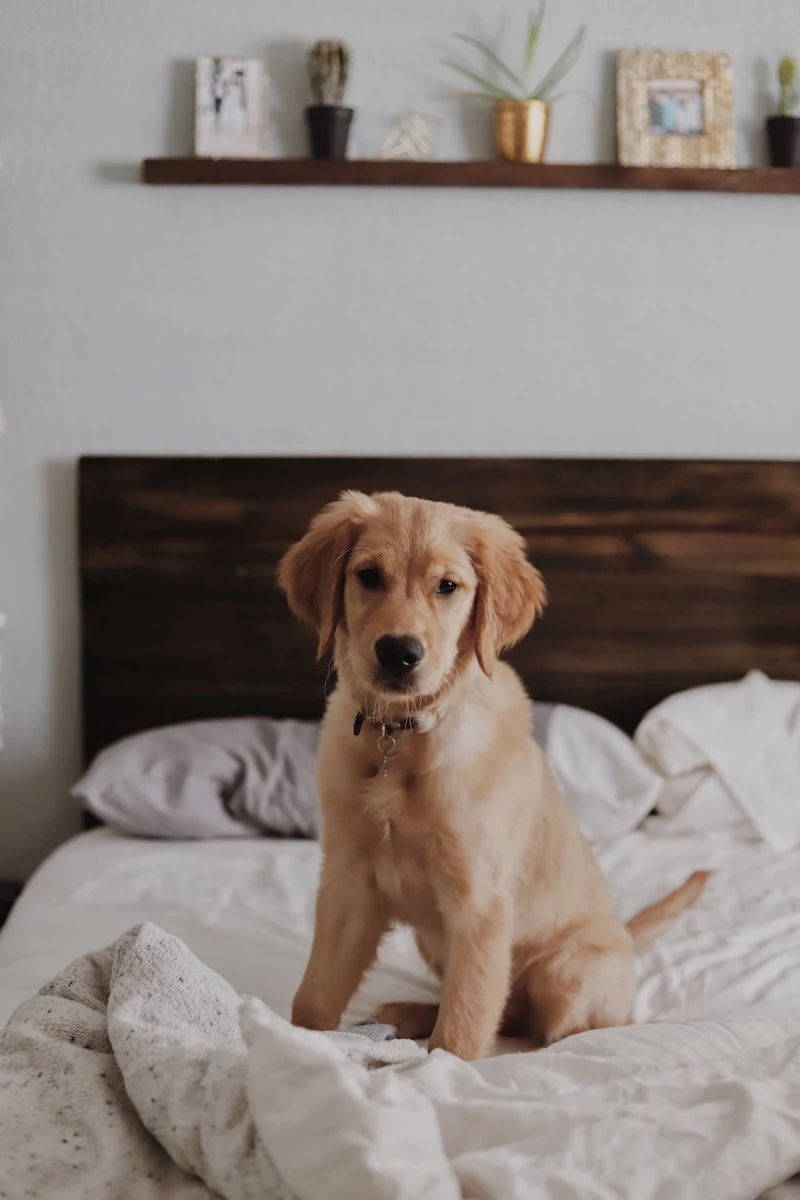
The Root of Most Evil: Moisture
If I had to point to one single thing that causes the most indoor health problems, it would be uncontrolled moisture. Where there’s water, you will eventually find mold.
How to Hunt for Hidden Mold
Mold needs food (drywall, wood), a comfortable temperature, and moisture. Your house provides the first two in abundance. The only thing you can really control is the moisture.
When I enter a home, the first tool I use is my nose. A distinct musty, earthy smell is a dead giveaway that mold is actively growing somewhere. Next, I look for signs of water damage, past or present. This includes stains on ceilings, peeling paint near windows or pipes, and warped flooring around toilets or dishwashers. A pro tip: grab a bright flashlight and shine it along your walls at a sharp angle. This technique, called “raking light,” makes subtle swelling or texture changes in drywall pop out.
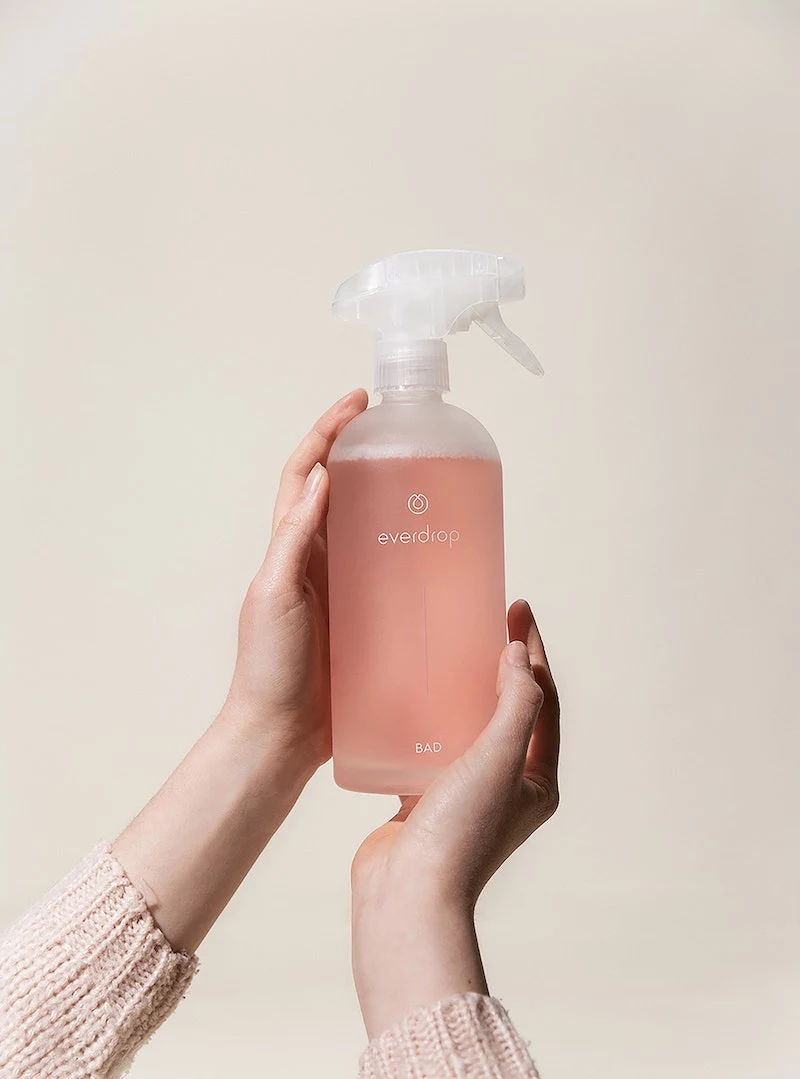
\p>A few years back, I visited a home where a child was suffering from severe asthma. The place looked immaculate. But when I walked through the kitchen, the floor felt just a tiny bit soft near the fridge. We pulled up some flooring and discovered a slow, years-long leak from the icemaker line had turned the subfloor into a massive, hidden mold colony. It was a costly repair, but the child’s health improved almost overnight.
Oh yeah, good to know: You can proactively monitor your home’s moisture levels. Pick up a cheap digital hygrometer—they’re usually just $10-$15 online or at a home improvement store. Try to keep your indoor humidity between 30% and 50% to make it much harder for mold to get a foothold.
Legacy Materials: Dangers from the Past
Some of the most serious hazards are materials that were once considered state-of-the-art. If your home was built before the late 1970s, you need to be aware of these.
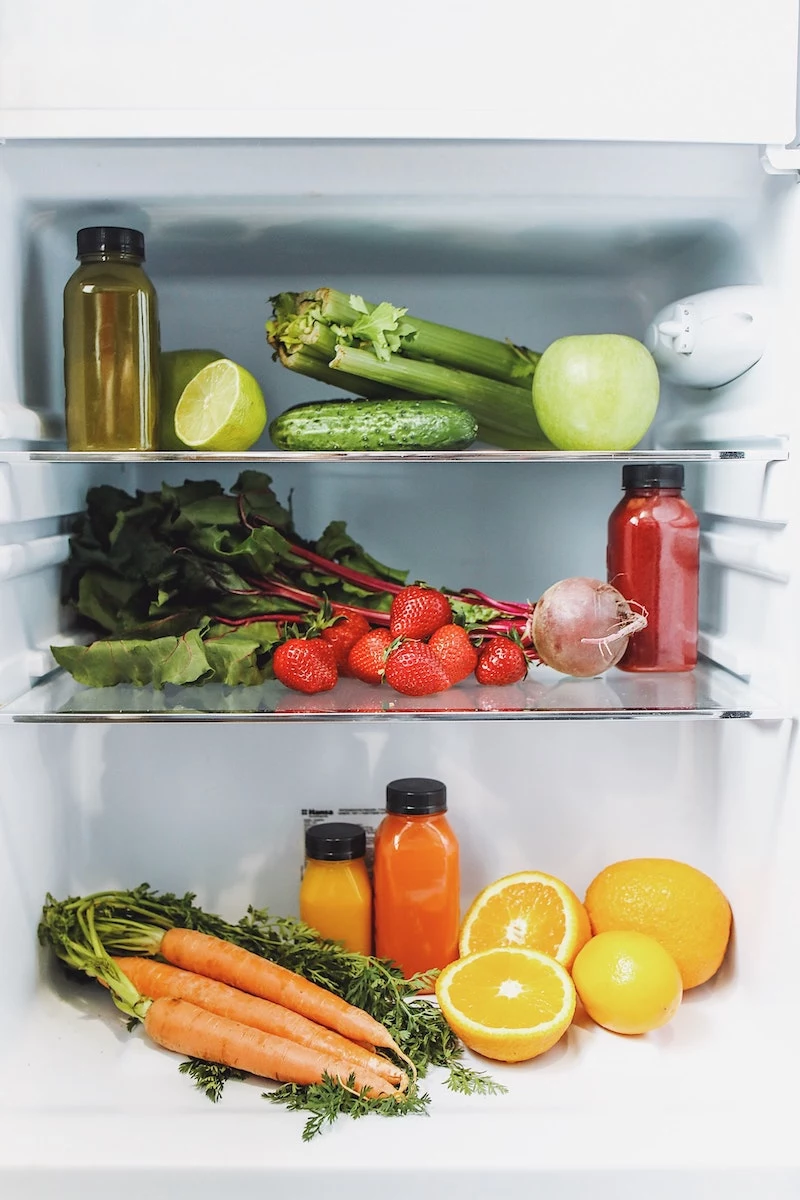
The Real Story on Lead-Based Paint
Lead made paint more durable, which is why it was used for decades before it was banned in residential applications. If your home is from that era, it’s safest to just assume it’s there. The primary danger isn’t from kids eating paint chips (though that’s a risk); it’s from invisible lead dust created when painted surfaces rub against each other, like an old window sliding in its frame. This dust settles on floors and sills, where it’s easily picked up by little hands.
You can grab a home test kit from a hardware store for a quick spot check, but they aren’t foolproof. For a real assessment, a certified lead risk assessor uses a special X-Ray tool that gives instant, accurate readings. This kind of professional inspection might run you between $300 and $700, but it’s the only way to know for sure before a renovation.

Heads up! Never, ever try to remove lead paint yourself by sanding or scraping. You will create a massive cloud of toxic dust and contaminate your entire house. This is a job for certified pros. Often, the safest and most affordable route is encapsulation—painting over it with a special sealant.
Asbestos: The Fiber to Leave Alone
Asbestos was a miracle mineral—incredibly heat-resistant and durable. It was used in everything from “popcorn” ceilings and old vinyl floor tiles to pipe insulation. The danger comes when these materials are disturbed, releasing microscopic fibers into the air that can cause devastating lung diseases.
My professional advice is simple: if you have material you suspect is asbestos and it’s in good, solid condition, leave it alone. The risk is created when you drill, saw, or break it. If it must be removed, it requires a licensed abatement contractor. This is not a DIY project.
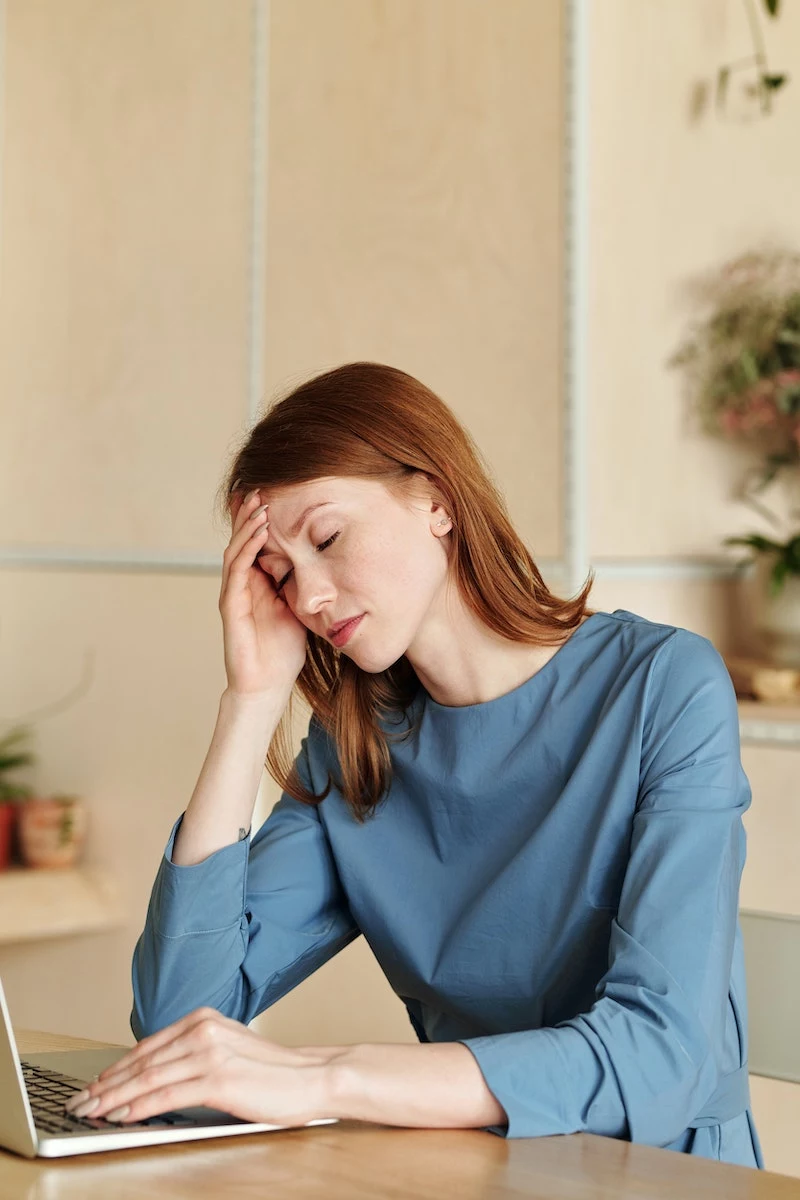
Everyday Habits and Easy Fixes
Sometimes, the problem is something we bring into our homes ourselves. The good news is that these are often the easiest things to change.
Your Vacuum Could Be Making Things Worse
I hate to break it to you, but a cheap vacuum can be a pollution machine. It sucks up dirt, but fine particles like allergens and bacteria can pass right through the motor and get blasted back into the air you breathe. I’ve seen professional air particle counters go absolutely wild when a leaky vacuum is turned on.
The solution is a vacuum with two key features: a true HEPA filter and, just as importantly, a sealed system. A sealed system ensures all the air that goes in is forced through the filter before it comes out. Look for brands known for this, like Miele or Sebo, which can be pricey. However, some higher-end models from brands like Shark or Dyson also offer good sealed HEPA filtration. Expect to invest $300 or more for a machine that is genuinely cleaning your air, not just redistributing the grime.
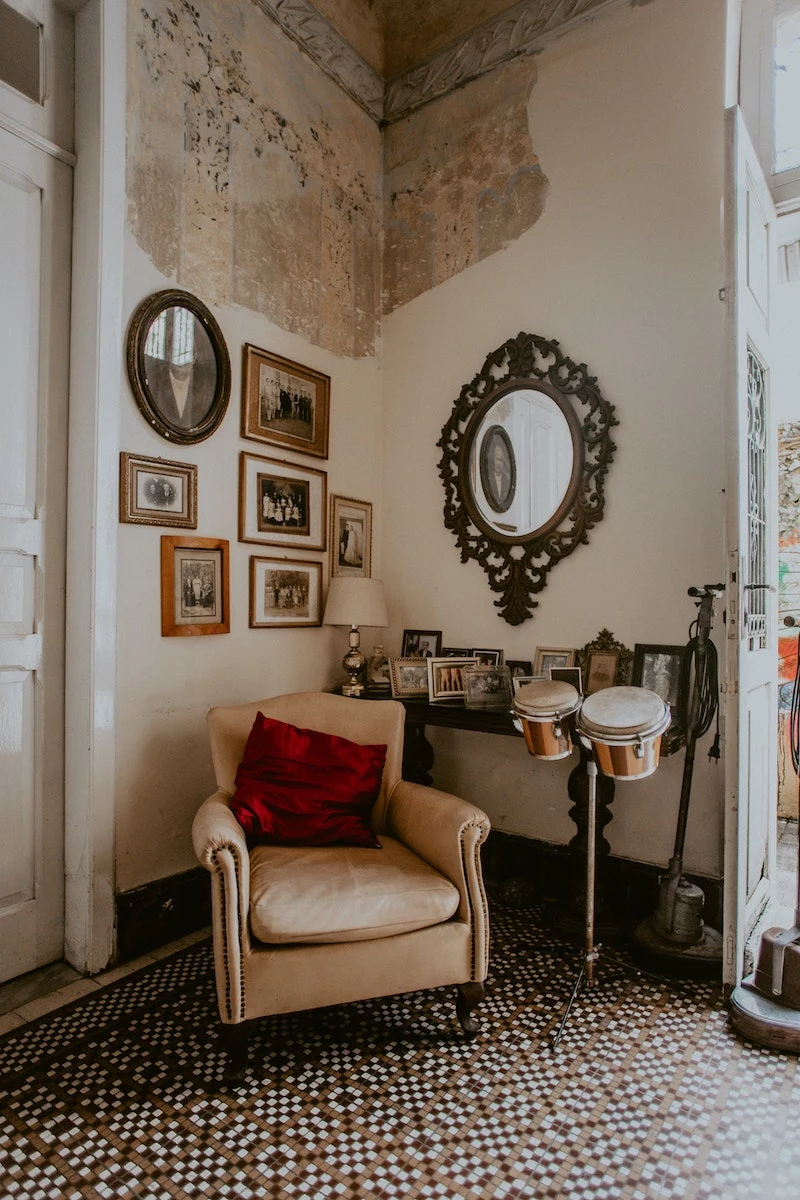
Finally, let’s talk pets and cleaning supplies. We love our furry friends, but their dander (skin flakes), not their fur, is a major allergen. Regular grooming (outdoors is best!) and a good HEPA air purifier can make a huge difference. As for cleaning, simpler is almost always better. A spray bottle with a 50/50 mix of white vinegar and water works wonders on most surfaces, and baking soda is a fantastic, non-toxic scrubber for sinks and tubs.
Your Weekend Home Health Checklist
Feeling overwhelmed? Don’t be. Start with a few simple steps this weekend. Knowledge is power, and a healthy home is within your reach.
- Check your HVAC filter. Is it dirty? Swap it for a new one and write today’s date on the frame.
- Wash your fridge crisper drawers. Pull them all the way out and wash them with hot, soapy water.
- Do a leak inspection. Grab a flashlight and look under every single sink for stains, drips, or musty smells.
- Aerate your home. Open the windows for 15-20 minutes to flush out stale air and VOCs.
Pay attention to how you feel. If you consistently feel better when you’re away from home, your body might be trying to tell you something. By looking at your home’s air, moisture, and materials, you can take back control and ensure your home is the safe, healthy haven it’s meant to be.
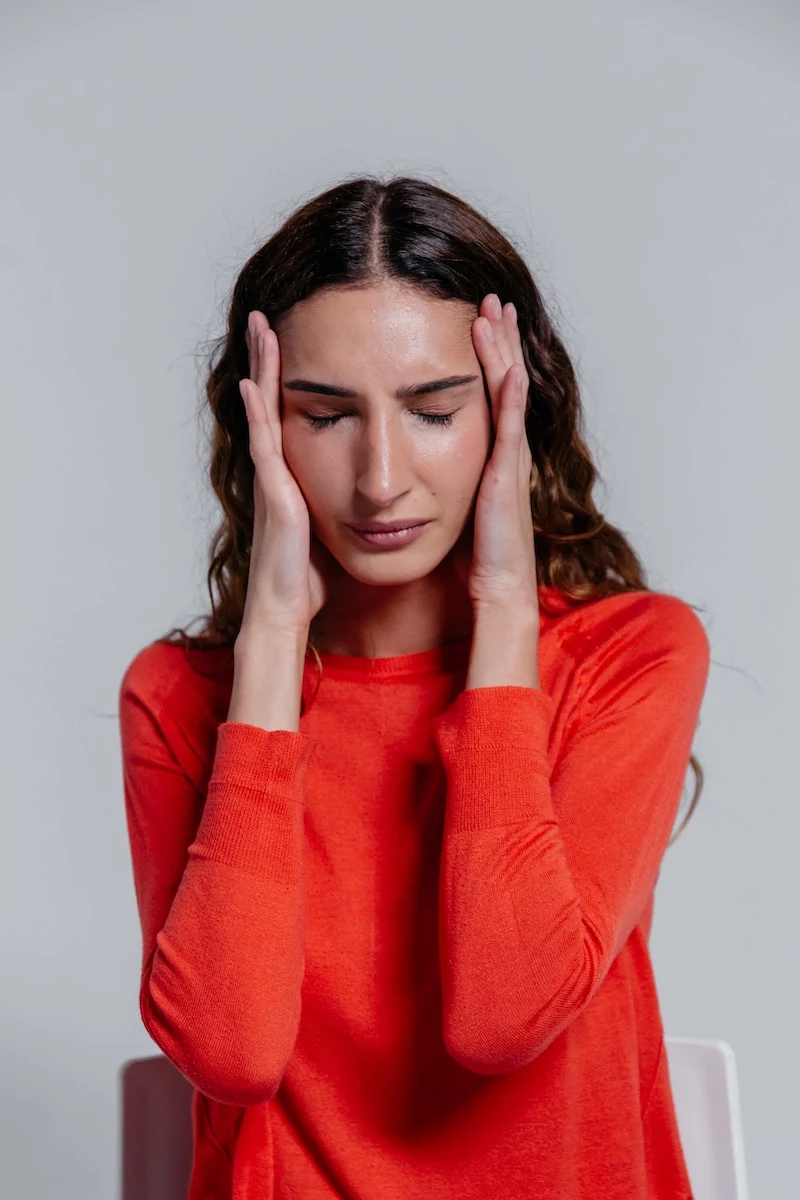
Inspirational Gallery
Air Purifier: HEPA vs. Activated Carbon. A HEPA filter is a master at trapping physical particles—dust, pollen, pet dander, and mold spores. An Activated Carbon filter excels at adsorbing gases and odors—think cooking smells, smoke, or chemical fumes (VOCs). For comprehensive air cleaning, a unit combining both, like those from brands such as Coway or Levoit, offers the most robust solution for a sensitive household.
The U.S. Environmental Protection Agency (EPA) estimates that the level of indoor air pollutants can be two to five times—and occasionally more than 100 times—higher than outdoor levels.
That “new” smell isn’t always a good thing. It’s often the scent of Volatile Organic Compounds (VOCs) off-gassing into your air. Be mindful of common sources beyond just paint:
- New mattresses and memory foam pillows
- Pressed-wood furniture (MDF, particleboard)
- Vinyl shower curtains
- Dry-cleaned clothing
Airing out new items in a garage or well-ventilated space before bringing them inside can significantly reduce initial exposure.
Is that persistent musty smell in the basement or bathroom a real problem?
Yes, it’s a major red flag. That signature earthy, damp odor is often caused by microbial volatile organic compounds (mVOCs), which are gases released by active mold and mildew. Don’t just mask it with air freshener. Follow the scent to its source. Check for leaks, condensation on pipes, or damp drywall. Addressing the moisture source is the only permanent solution.
- Fewer allergy and asthma symptoms.
- A noticeable reduction in airborne dust.
- A subtle, natural boost to your mood.
The secret? A few well-chosen houseplants. Plants like the Snake Plant (Sansevieria trifasciata), Spider Plant (Chlorophytum comosum), and Peace Lily (Spathiphyllum) are famously easy to care for and have been studied by NASA for their air-purifying capabilities.
Relying on scented plugins or candles to make your home “smell clean” can be counterproductive. Many of these products release their own VOCs into the air, contributing to the very pollution you’re trying to combat. A truly healthy home shouldn’t smell like artificial pine or tropical breeze; it should smell like nothing at all. If you notice a persistent odor, investigate the source instead of covering it up.
A study from the University of Michigan found that spending time in sunlight can boost the brain’s production of the mood-lifting chemical serotonin.
This applies indoors, too. Maximize the natural light in your living spaces by cleaning your windows regularly and opting for light, sheer curtains instead of heavy drapes. It’s a simple, free way to improve both your home’s atmosphere and your mental well-being.
Important point: When repainting, look beyond the color chip. Ask for “Zero-VOC” or “Low-VOC” paint. While standards have improved, some colorants added at the store can re-introduce VOCs. For the highest assurance, choose a paint line designed to be zero-VOC even after tinting, such as Benjamin Moore’s Eco-Spec® or Sherwin-Williams’ Harmony series.
Some of the biggest dust and grease traps are the ones we forget to clean. Make a quarterly reminder to tackle these hidden spots:
- The metal mesh filter in your kitchen’s range hood.
- The coils on the back of your refrigerator.
- The tops of door frames and high cabinets.
- Your washing machine’s filter and gasket.
Before investing in expensive equipment, embrace the simplest air purifier there is: your windows. Even in colder weather, practicing “shock ventilation”—opening windows wide on opposite sides of the house for just 5-10 minutes—can effectively exchange stale indoor air for fresh outdoor air without significantly cooling down your home’s structure. It’s a powerful, free habit for a healthier home.










